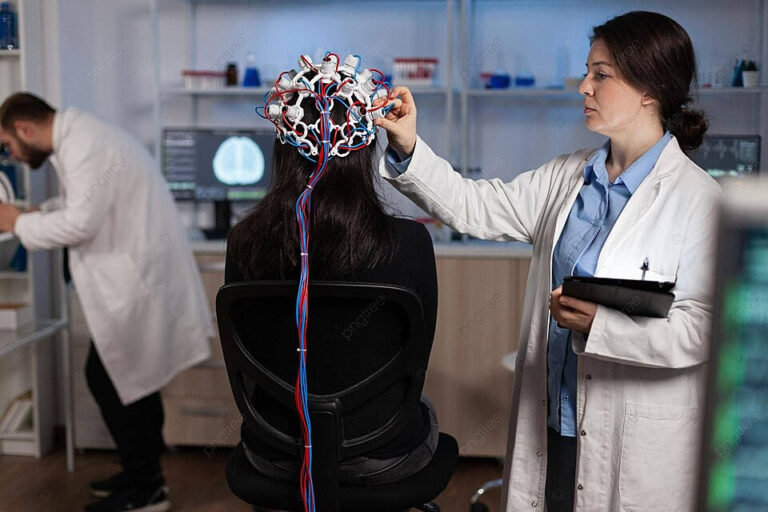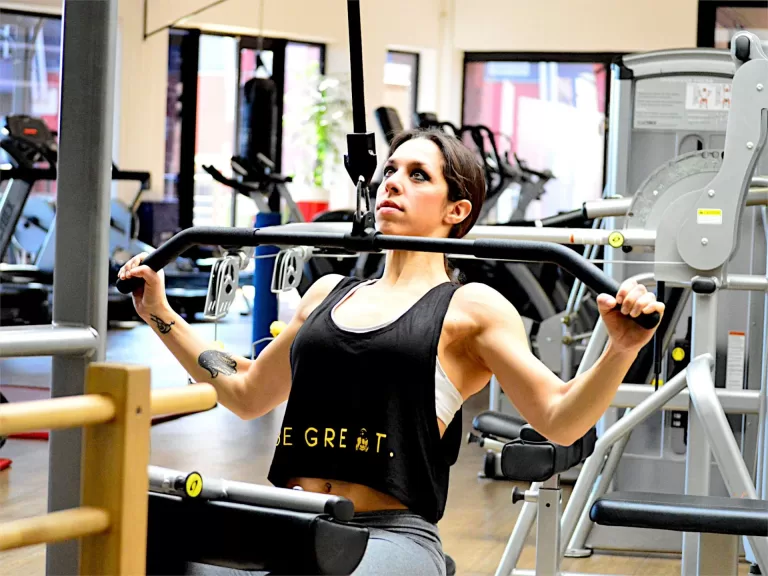Key Takeaways:
- Sedation dentistry aims to provide a comfortable and stress-free experience for patients with dental anxiety or fear.
- Sedation techniques help patients relax and feel at ease during dental procedures.
- There are different levels of sedation used in dentistry including minimal sedation, moderate sedation, deep sedation, and general anesthesia.
- Sedation dentistry relieves dental anxiety, enhances patient comfort, and minimizes gag reflex and discomfort.
- Sedation dentistry is beneficial for individuals with dental phobia or anxiety, sensitive teeth or a strong gag reflex, and complex dental procedures.
- When choosing a sedation dentistry clinic, consider the expertise of the dental team, the range of sedation options available, and patient reviews and testimonials.
What is Sedation Dentistry and How Does it Work?
Understanding Sedation Dentistry
Sedation dentistry is a specialized field that aims to provide a comfortable and stress-free experience for patients who may have dental anxiety or fear. It involves the use of sedation techniques to help patients relax and feel at ease during dental procedures, ranging from simple cleanings to more complex treatments. By utilizing sedatives, dentists can alleviate anxiety, reduce pain, and enable patients to receive the dental care they need without undue stress or discomfort.
The Science Behind Sedation
When it comes to sedation dentistry, understanding the science behind it can help demystify the process and alleviate any concerns patients may have. The key principle behind sedation is to modulate the central nervous system, allowing patients to achieve a deeply relaxed state. Sedatives work by targeting specific receptors in the brain to induce calming effects. They can be administered through various methods such as oral medication, inhalation, or intravenous sedation.
Types of Sedation Used in Dentistry
There are different levels and types of sedation used in dentistry, each tailored to meet the specific needs of patients. These include:
- Minimal Sedation: This involves using a mild sedative to help patients relax while remaining fully conscious and responsive throughout the procedure.
- Moderate Sedation: Also known as “conscious sedation,” this technique induces a deeper state of relaxation. Patients may feel drowsy and have little to no memory of the procedure.
- Deep Sedation: This level of sedation allows patients to remain on the edge of consciousness, with the ability to be awakened if necessary.
- General Anesthesia: Reserved for more complex cases or extensive procedures, general anesthesia places patients in a deep sleep throughout the duration of the treatment.
The Benefits of Sedation Dentistry
Relieving Dental Anxiety
Dental anxiety is a common issue that affects many individuals, often causing them to postpone or avoid necessary dental treatments. Sedation dentistry offers a solution by providing a relaxed and stress-free environment, allowing patients to overcome their fears and receive the care they need. By alleviating dental anxiety, patients can maintain optimal oral health and prevent potential complications that may arise from neglecting dental treatments.
Enhancing Patient Comfort
Sedation dentistry not only relieves anxiety but also enhances patient comfort during dental procedures. By inducing a state of relaxation, patients experience reduced muscle tension, decreased sensitivity to pain, and an overall sense of calmness. This allows dentists to perform treatments more efficiently and effectively, as patients are less likely to experience discomfort or move during the procedure. Additionally, enhanced comfort can mean shorter treatment times, minimizing the number of appointments needed for complex procedures.
Minimizing Gag Reflex and Discomfort
For individuals with a sensitive gag reflex or heightened dental sensitivity, sedation dentistry can be exceptionally beneficial. These patients often struggle with routine procedures or may avoid necessary dental care altogether due to the discomfort and anxiety it causes. Through sedation techniques, dentists can help minimize the gag reflex and alleviate discomfort, enabling a smoother and more comfortable dental experience. This allows dentists to work efficiently and thoroughly without triggering involuntary reflexes.
Who Can Benefit from Sedation Dentistry?
Patients with Dental Phobia or Anxiety
Sedation dentistry is particularly beneficial for individuals with dental phobia or anxiety. These patients may have had previous traumatic dental experiences or possess an overarching fear of dental treatments. By providing a calming and relaxed atmosphere, sedation dentistry enables such patients to overcome their fears and receive the necessary care without anxiety or distress. This helps break the cycle of avoidance and promotes better oral health.
Patients with Sensitive Teeth or Gag Reflex
Patients with sensitive teeth or a strong gag reflex can find dental procedures uncomfortable and distressing. Sedation dentistry can help alleviate these issues by reducing sensitivity and minimizing the gag reflex. By addressing these challenges, patients with sensitive teeth or a pronounced gag reflex can comfortably undergo necessary dental treatments, ensuring their oral health needs are met effectively.
Patients with Complex Dental Procedures
Complex dental procedures, such as multiple extractions, dental implant placement, or full-mouth restorations, often require longer treatment times and involve invasive techniques. Sedation dentistry is highly advantageous in such cases, allowing patients to remain relaxed and at ease, even throughout extended procedures. Patients who opt for sedation dentistry during complex treatments benefit from increased comfort, reduced anxiety, and a more efficient dental experience.
Choosing the Right Sedation Dentistry Seattle Clinic
Researching the Clinic’s Expertise
When considering a sedation dentistry clinic in Seattle, it’s crucial to research the expertise and qualifications of the dental team. Look for a clinic that specializes in sedation dentistry while also ensuring that the dentists have the necessary training and experience in administering sedation techniques. A skilled and knowledgeable dental team will be well-equipped to handle various sedation levels and respond to any unexpected situations that may arise during the procedure.
Understanding Sedation Options Available
Another important factor to consider when choosing a sedation dentistry Seattle clinic is the range of sedation options available. Different patients may require different levels of sedation, and having various options ensures that individual needs can be met effectively. Whether it’s minimal sedation, moderate sedation, deep sedation, or general anesthesia, a reputable clinic should be able to offer the appropriate sedation technique based on the patient’s specific requirements.
Considering Patient Reviews and Testimonials
Reading patient reviews and testimonials can provide valuable insights into the quality of care received at a sedation dentistry clinic. Look for clinics with positive feedback regarding their sedation techniques, patient comfort, and overall experience. Pay attention to reviews from individuals who share similar concerns or requirements, as their experiences can be more relevant to your own. Furthermore, don’t hesitate to ask for recommendations from friends, family, or other healthcare professionals who may have personal experience with sedation dentistry in Seattle.
FAQ
FAQ 1: What is Sedation Dentistry and How Does it Work? – Sedation dentistry is a specialized field that aims to provide a comfortable and stress-free experience for patients with dental anxiety or fear. It involves the use of sedation techniques to help patients relax and feel at ease during dental procedures. Sedatives target specific receptors in the brain to induce calming effects and can be administered through various methods such as oral medication, inhalation, or intravenous sedation.
FAQ 2: What are the different levels of sedation used in dentistry? – The different levels of sedation used in dentistry include minimal sedation, moderate sedation, deep sedation, and general anesthesia. Minimal sedation helps patients relax while remaining fully conscious and responsive. Moderate sedation induces a deeper state of relaxation, and patients may feel drowsy with little to no memory of the procedure. Deep sedation allows patients to remain on the edge of consciousness, while general anesthesia places patients in a deep sleep throughout the treatment.
FAQ 3: How does sedation dentistry relieve dental anxiety? – Sedation dentistry helps relieve dental anxiety by providing a relaxed and stress-free environment for patients. The sedatives used induce a state of relaxation, reducing anxiety and allowing patients to overcome their fears. This enables patients to receive the necessary dental care without anxiety or distress, promoting better oral health and preventing complications.
FAQ 4: What are the benefits of sedation dentistry? – Sedation dentistry enhances patient comfort during dental procedures by reducing muscle tension, decreasing sensitivity to pain, and inducing an overall sense of calmness. It also minimizes gag reflex and discomfort, making treatments more comfortable for patients. Additionally, sedation dentistry can be beneficial for individuals with dental phobia or anxiety, sensitive teeth or a strong gag reflex, and those undergoing complex dental procedures.
FAQ 5: Who can benefit from sedation dentistry? – Sedation dentistry is particularly beneficial for individuals with dental phobia or anxiety, as it provides a calming and relaxed atmosphere for dental treatments. It is also beneficial for patients with sensitive teeth or a strong gag reflex, as sedation techniques can help reduce discomfort and minimize the gag reflex. Additionally, individuals undergoing complex dental procedures can benefit from sedation dentistry, as it enhances comfort and reduces anxiety throughout longer and more invasive treatments.
FAQ 6: What should I consider when choosing a sedation dentistry clinic? – When choosing a sedation dentistry clinic, it is important to consider the expertise of the dental team. Look for a clinic that specializes in sedation dentistry and has dentists with the necessary training and experience in administering sedation techniques. It is also important to consider the range of sedation options available, as different patients may require different levels of sedation. Reading patient reviews and testimonials can provide valuable insights into the quality of care received at the clinic.
FAQ 7: How can sedation dentistry help minimize gag reflex and discomfort? – Sedation dentistry can help minimize a sensitive gag reflex and discomfort by reducing anxiety and inducing a state of relaxation. By addressing these challenges, dentists can work more efficiently and thoroughly without triggering involuntary reflexes. Patients with a sensitive gag reflex or dental sensitivity can comfortably undergo necessary dental treatments with the help of sedation techniques.
FAQ 8: Can sedation dentistry be used for complex dental procedures? – Yes, sedation dentistry is highly advantageous for complex dental procedures such as multiple extractions, dental implant placement, or full-mouth restorations. It allows patients to remain relaxed and at ease throughout extended procedures. Sedation dentistry enhances comfort, reduces anxiety, and promotes a more efficient dental experience for patients undergoing complex treatments.
Useful Resources:
- American Dental Association (ADA)
- Academy of General Dentistry (AGD)
- American Academy of Cosmetic Dentistry (AACD)
- AGD Science Articles
- American Association of Oral and Maxillofacial Surgeons (AAOMS)
- American Dental Education Association (ADEA)
- AGD Continuing Education
- Dental Organization for Conscious Sedation (DOCS Education)










